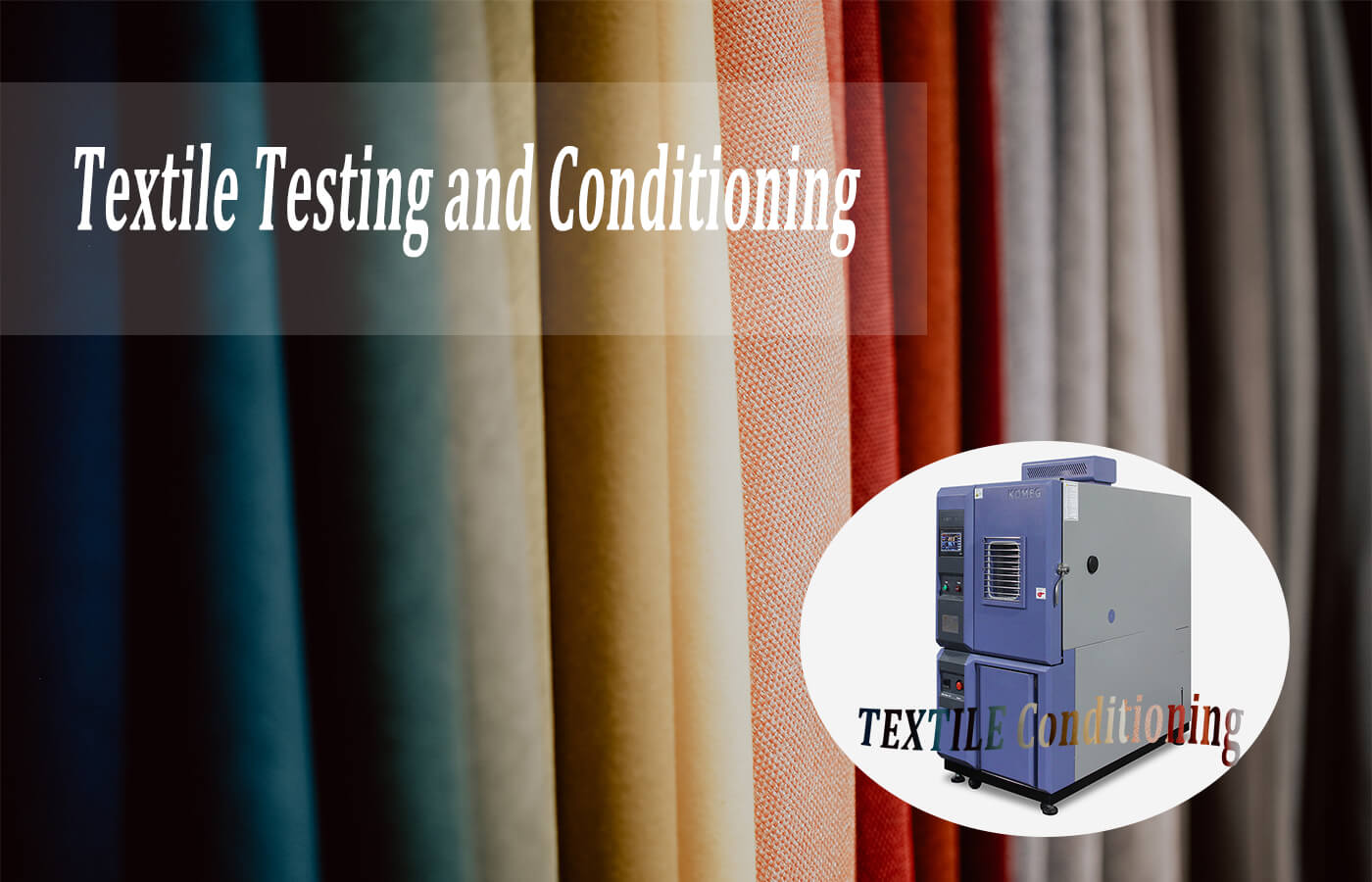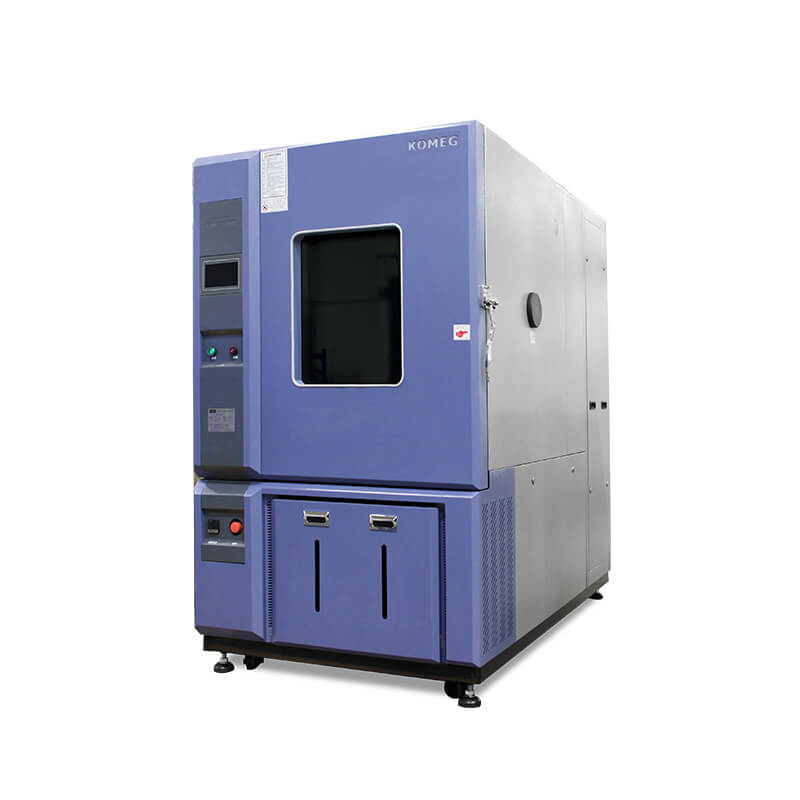Textiles need to undergo different tests at each stage, from raw materials to finished products. Textile testing can help the textile industry understand the quality and properties of textile materials. Textile manufacturers choose appropriate materials and design quality products according to the test results. Sample conditioning is indispensable before textile testing. In this article, we will discuss textile testing and conditioning.
Textile Testing Types
Textile testing involves various aspects, and different test items can be selected according to different testing purposes. Textile testing includes physical and chemical properties testing.
Physical properties testing: tensile strength, tear strength, bursting strength, fabric weight, fabric thickness, abrasion resistance, pilling resistance, etc.
Chemical properties testing: pH testing, formaldehyde content, heavy metal testing, azo dyes testing, restricted substances testing, etc.
Textile Conditioning
Textiles are hygroscopic materials and are easily affected by humidity. When the humidity is high, the weight, size, elongation, abrasion resistance, etc., of the textile will change, and these changes can impact the physical property testing of the textile. To ensure the accuracy of test results, textile conditioning is an essential step before testing.
According to the regulations of ISO 139:2005 (ISO 139 Textiles – Standard atmospheres for conditioning and testing), the sample needs to be placed in a standard atmosphere with a temperature of 20°C and a humidity of 65% for a specific period of time before textile testing. During this time, the sample’s mass is continuously weighed every two hours. The sample is considered to be in equilibrium (sample conditioning is completed) when the progressive change in mass of the sample is no more than 0.25%.
In the case of wetter textile samples where reaching equilibrium is challenging, pre-conditioning can be performed before the standard conditioning process. The sample is placed in an atmosphere with a relative humidity of 10% to 25% and a temperature below 50°C. This helps to reduce the humidity of the sample to a level below its own rate of moisture regain. Once the sample’s humidity is sufficiently reduced, it can then be placed in the standard atmosphere for further conditioning.
Environmental Conditioning Chamber
The environmental conditioning chamber is an ideal machine for textile conditioning as it can maintain a constant temperature and humidity over an extended period. To perform textile conditioning, the sample is placed inside the environmental conditioning chamber, and the temperature and humidity are set according to the specifications in the textile standard ISO 139. The sample is then conditioned for the specified duration. Additionally, certain textile testing instruments can also be placed inside the environmental conditioning chamber to control the temperature and humidity during the testing process. This ensures the accuracy and consistency of the testing conditions.
KOMEG offers a range of temperature and humidity conditioning chambers in both standard and customized models. The standard models are reach-in environmental chambers and come with three options for temperature and humidity ranges, allowing customers to select the one that best suits their needs. On the other hand, the customized models offer greater flexibility, as customers can design various aspects such as color, size, temperature, humidity, and accessories based on their specific requirements. Welcome to contact us for laboratory environmental chamber prices.


